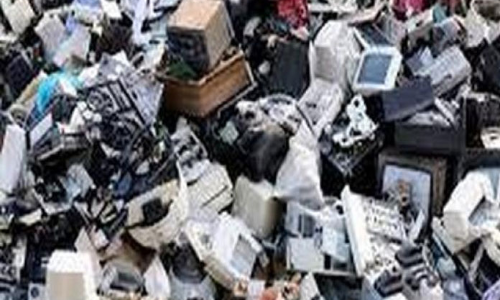India to generate over 5 million tonnes of e-waste next year: ASSOCHAM-EY study

India is likely to generate 52 million tonnes of ewaste per year by 2020, up from 2 million tonnes in 2016, according to a recent ASSOCHAMEY joint study
India is among the top five e-waste generating countries besides China, the United States, Japan and Germany.
New Delhi: India is likely to generate 5.2 million tonnes of e-waste per year by 2020, up from 2 million tonnes in 2016, according to a recent ASSOCHAM-EY joint study.
Among the main factors leading to rapid growth of e-waste are digital transformation, social and economic growth, rapid technology advances and dumping of trash by developed countries.
India is among the top five e-waste generating countries besides China, the United States, Japan and Germany.
Among states, Maharashtra ranks on top with 19.8 per cent of e-waste generated in the country. Tamil Nadu's share is 13 per cent, Uttar Pradesh 10.1 per cent, West Bengal 9.8 per cent, Delhi 9.5 per cent, Karnataka 8.9 per cent, Gujarat 8.8 per cent and Madhya Pradesh 7.6 per cent.
According to the report, 44.7 million tonnes of e-waste was generated worldwide in 2016 which is expected to grow at a rate of 3.15 per cent (CAGR). By 2021, e-waste will rise to 52.2 million tonnes per year.
Electronic waste refers to all items of electrical and electronic equipment which includes general consumer electronics like televisions, computers, laptops, tablets, mobile phones, white goods and industrial grade electronics, such as telecommunication systems, instrumentation systems and electronic machinery.
E-waste is hazardous as it contains deadly chemicals and metals like lead, cadmium, chromium, mercury, polyvinyl chlorides, brominated flame retardants, beryllium, antimony and phthalates. A long-term exposure to these substances can damage human nervous system, kidneys, bones, reproductive and endocrine systems.
A large share of e-waste (more than 95 per cent) gets channelised to the unorganised sector where small shops adopt rudimentary methods to recover base materials. Lack of consumer awareness is another reason for e-waste getting into the wrong hands.

